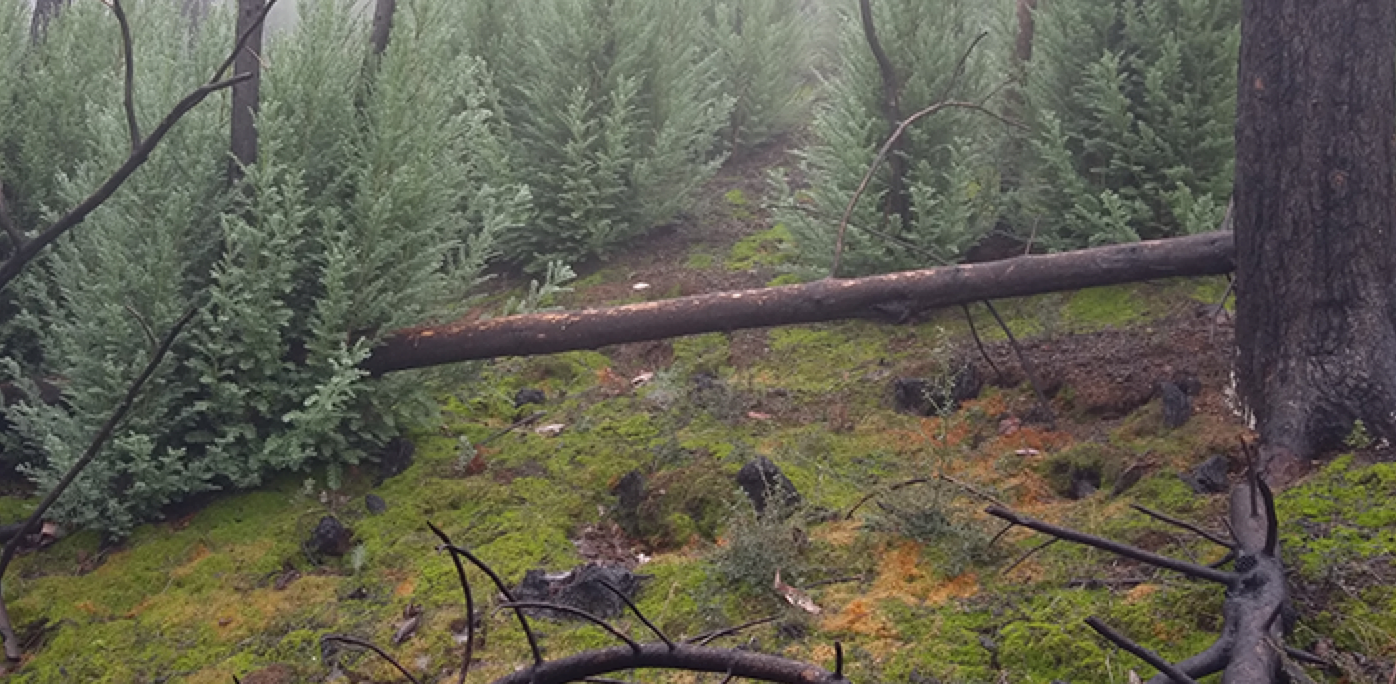Over the past three decades, a great deal of research has been gathered on snags and their role in forest and wetland ecosystems. Snags, better known as dead trees or logs, play a crucial role in maintaining biodiversity in a number of habitats including oak woodlands, pine forests and riparian zones. In California alone, snags are home to over 160 different species, which is why government land managers have designated them as “special habitat elements.”
Forest ecologist Jerry Franklin states, “A dead tree is more alive than a live tree.” Dead trees are a vital part of nutrient cycling within forests. Logs, in particular, contribute to the nutrient reserves and chemical and physical characteristics of forest soils or waterways.
According to Sally Duncan of the U.S. Department of Agriculture, “When snags eventually fall into or near water and wetlands, fish and amphibians hide under and around dead wood. This aquatic “structure” provides important shelter for juvenile salmon, steelhead, char and trout. Without woody debris in our rivers and streams, these watersheds can’t provide adequate habitat for many native fish species.”
In forests, snags can provide places for food storage, nesting sites and perches. For instance, raptors and flycatchers use snags as ‘lookouts’ for finding prey, while fungi and lichen growth provide food for various insects. And as we all know, insects are the food source for many birds and mammals.
Larger snags can provide a great benefit to larger mammals and reptiles because they last longer and provide food and shelter. For example, woodpeckers excavate invertebrates like bark beetles in snags to store food. Birds who cannot create their own nesting cavities use these hollowed out trees to nest.
When, or if snags are removed, there can be deleterious effects, including the potential for nonnative insect invasions to increase. This means that the cavity nesters’ habitat will suffer due to the inability to reproduce at the rate of insect population growth. American Bird Conservancy authors, Dan Casey, Bob Altman and Darin Stringer stated, “Ponderosa Pine forests in the Pacific Northwest saw a decline in primary cavity nesting birds when snags were actively removed from forests.”
Preserving snags is an important part of land stewardship. Healthy ecosystems rely on biodiversity and diversity of habitat, which can only be achieved if we allow the natural process of decay to occur. Snags are a vital part of the forest and wetland ecosystems and should only be removed as a last resort.
Sources: Dan Casey, Bob Altman and Darin Stringer; Conservation Northwest; Sally Duncan; The Changing California Forest and Range Assessment
Photo: Jacqueline Levy, Education Specialist, Bouverie Preserve




